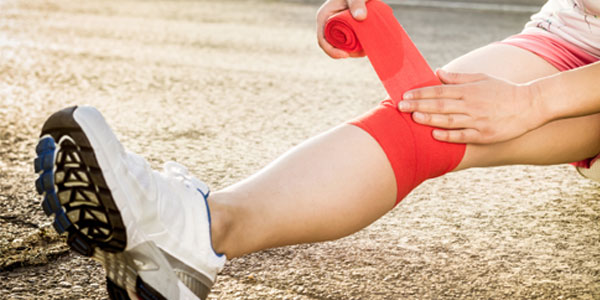Knee pain can be caused by a wide range of problems, from sprains and strains to tendinitis and bone chips. The good news: many knee problems respond well to self-care, says Amol Saxena, M.D., a sports medicine doctor at the Palo Alto Medical Foundation. Follow his advice to treat these common knee complaints.










